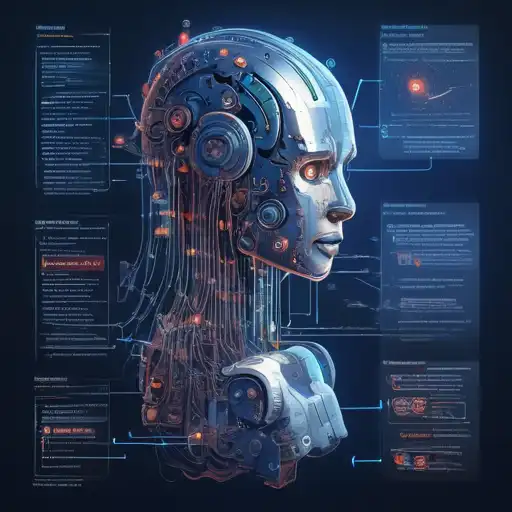Introduction to Machine Learning Algorithms
Machine learning algorithms are the backbone of artificial intelligence, enabling computers to learn from data and make decisions with minimal human intervention. For beginners, understanding these algorithms can seem daunting, but with the right approach, it's entirely achievable. This guide aims to demystify machine learning algorithms, making them accessible to everyone.
What Are Machine Learning Algorithms?
At their core, machine learning algorithms are mathematical models that allow computers to learn patterns from data. These algorithms can be broadly classified into three categories: supervised learning, unsupervised learning, and reinforcement learning. Each type serves a different purpose and is suited to specific kinds of tasks.
Supervised Learning Algorithms
Supervised learning algorithms are trained using labeled data. This means that the input data comes with the correct answers, allowing the algorithm to learn by comparing its predictions to the actual outcomes. Common examples include linear regression for predicting continuous values and logistic regression for classification tasks.
Unsupervised Learning Algorithms
Unsupervised learning algorithms, on the other hand, work with unlabeled data. Their goal is to find hidden patterns or groupings within the data. Clustering algorithms like K-means and dimensionality reduction techniques such as PCA are popular examples of unsupervised learning.
Reinforcement Learning Algorithms
Reinforcement learning algorithms learn by interacting with an environment, receiving rewards or penalties for actions taken. This trial-and-error approach is similar to how humans learn, making it particularly useful for tasks like game playing and robotic control.
Choosing the Right Algorithm
Selecting the appropriate machine learning algorithm depends on the nature of your data and the problem you're trying to solve. Factors to consider include the size and quality of your dataset, the complexity of the problem, and the desired accuracy. Experimentation and iteration are key to finding the best solution.
Popular Machine Learning Algorithms for Beginners
- Linear Regression: Ideal for predicting numerical values based on linear relationships.
- Logistic Regression: Best suited for binary classification problems.
- Decision Trees: Useful for both classification and regression tasks, offering easy interpretation.
- Random Forest: An ensemble method that improves accuracy by combining multiple decision trees.
- K-Nearest Neighbors (KNN): A simple, yet effective algorithm for classification based on similarity.
Conclusion
Machine learning algorithms are powerful tools that can unlock insights from data, automate decision-making, and solve complex problems. By starting with the basics and gradually exploring more advanced algorithms, beginners can build a solid foundation in machine learning. Remember, the journey to mastering machine learning is a marathon, not a sprint. With patience and practice, anyone can learn to harness the power of these algorithms.
For those interested in diving deeper, consider exploring resources on data science and artificial intelligence to broaden your understanding and skills.
